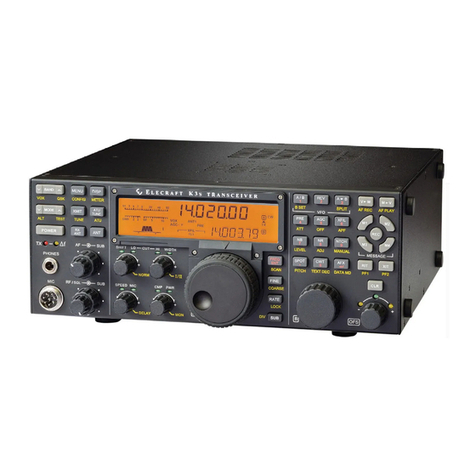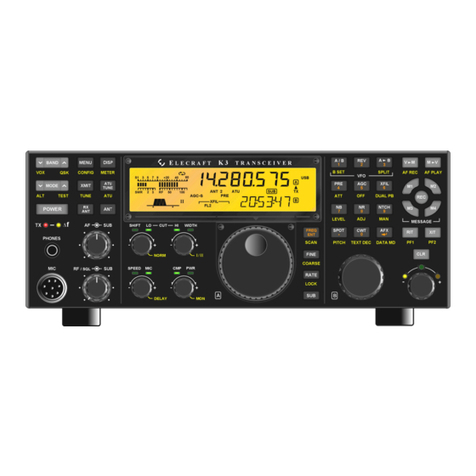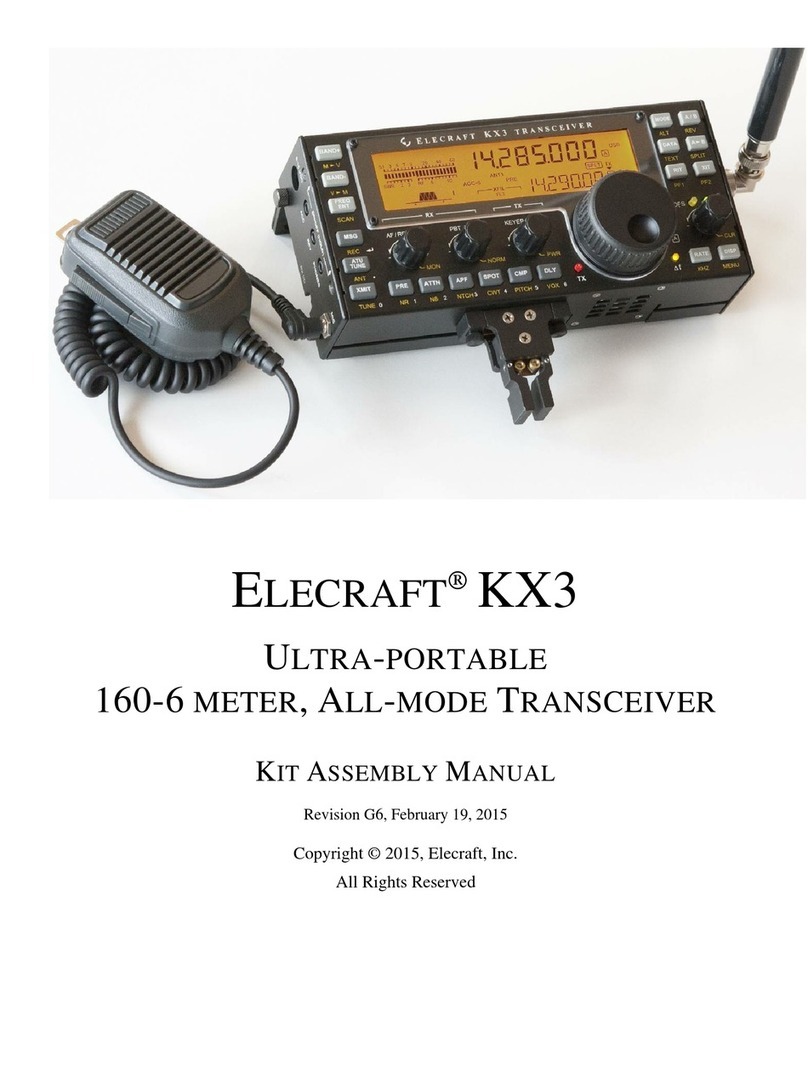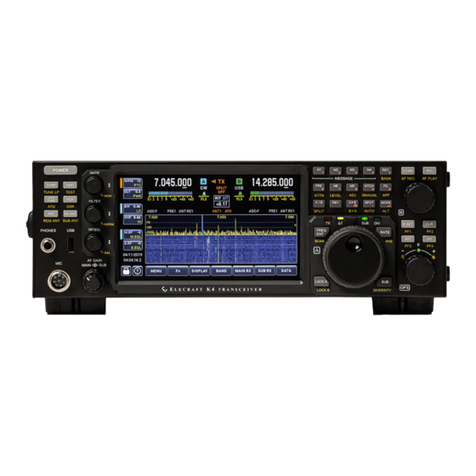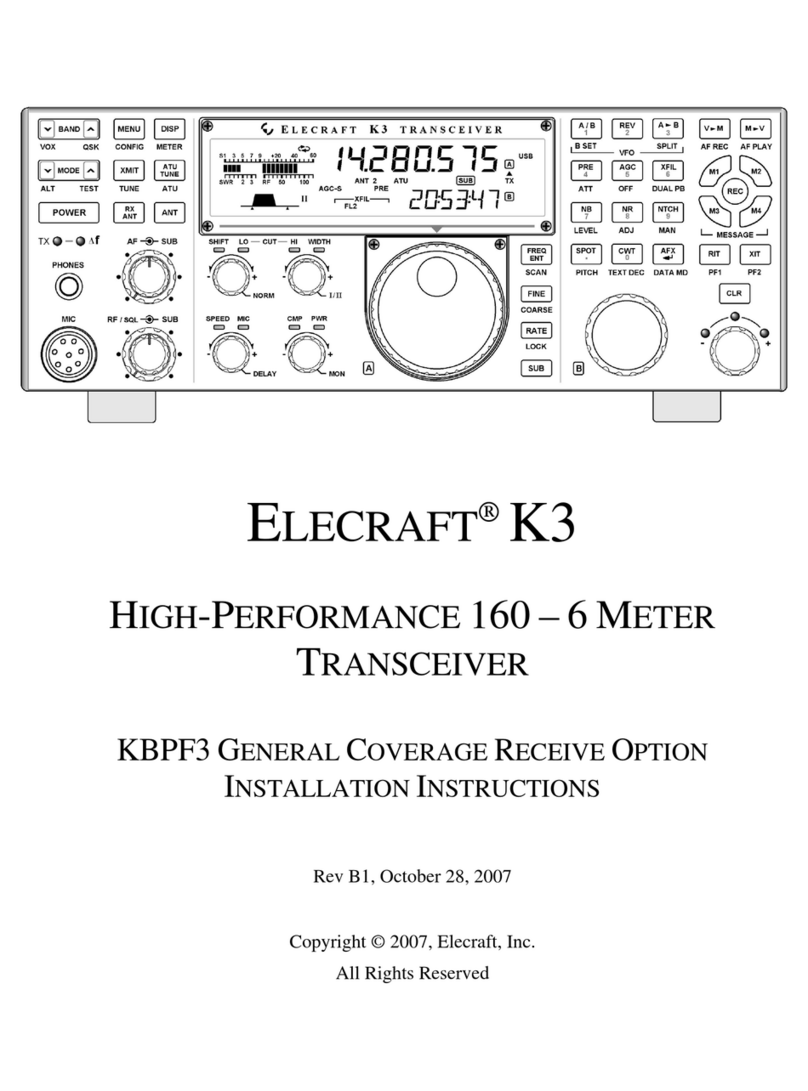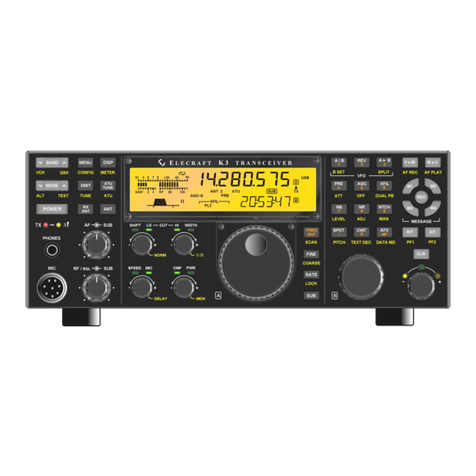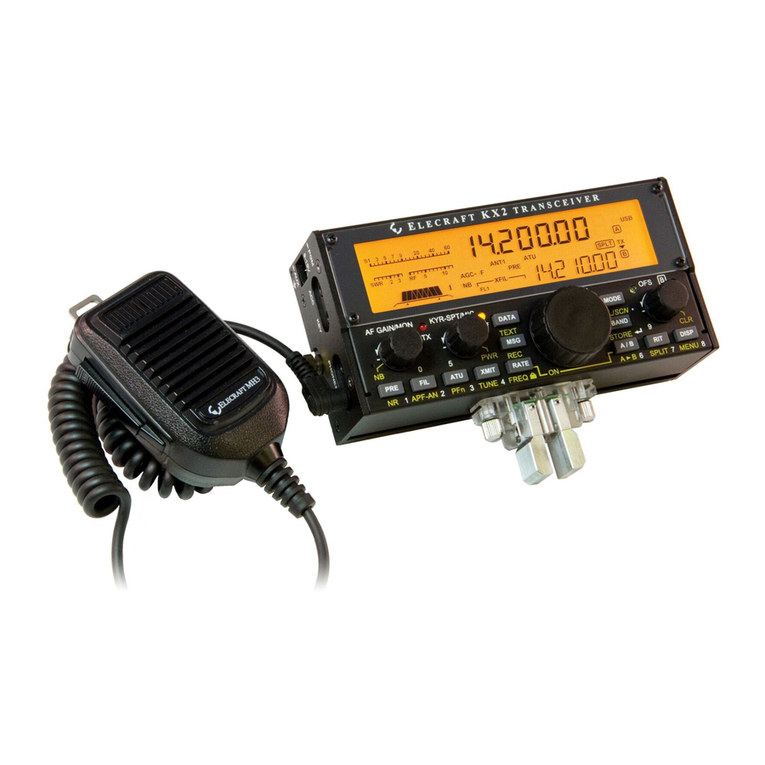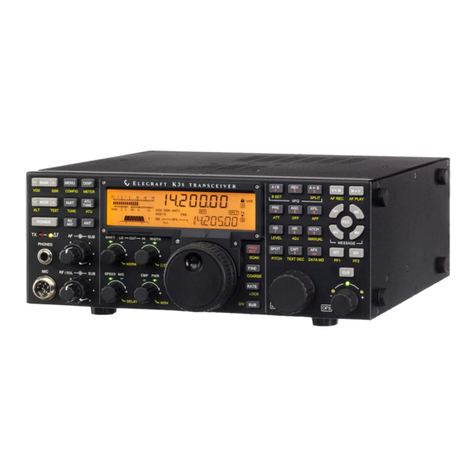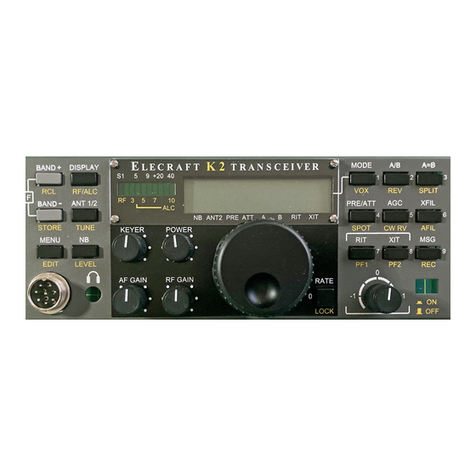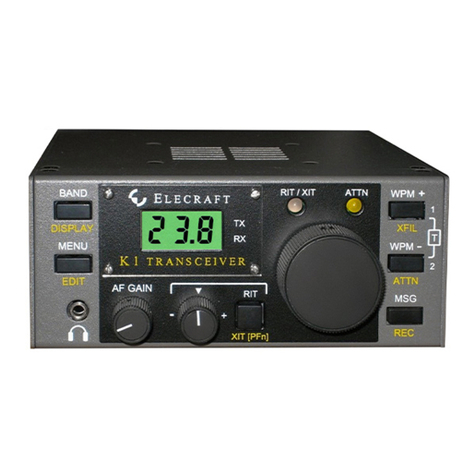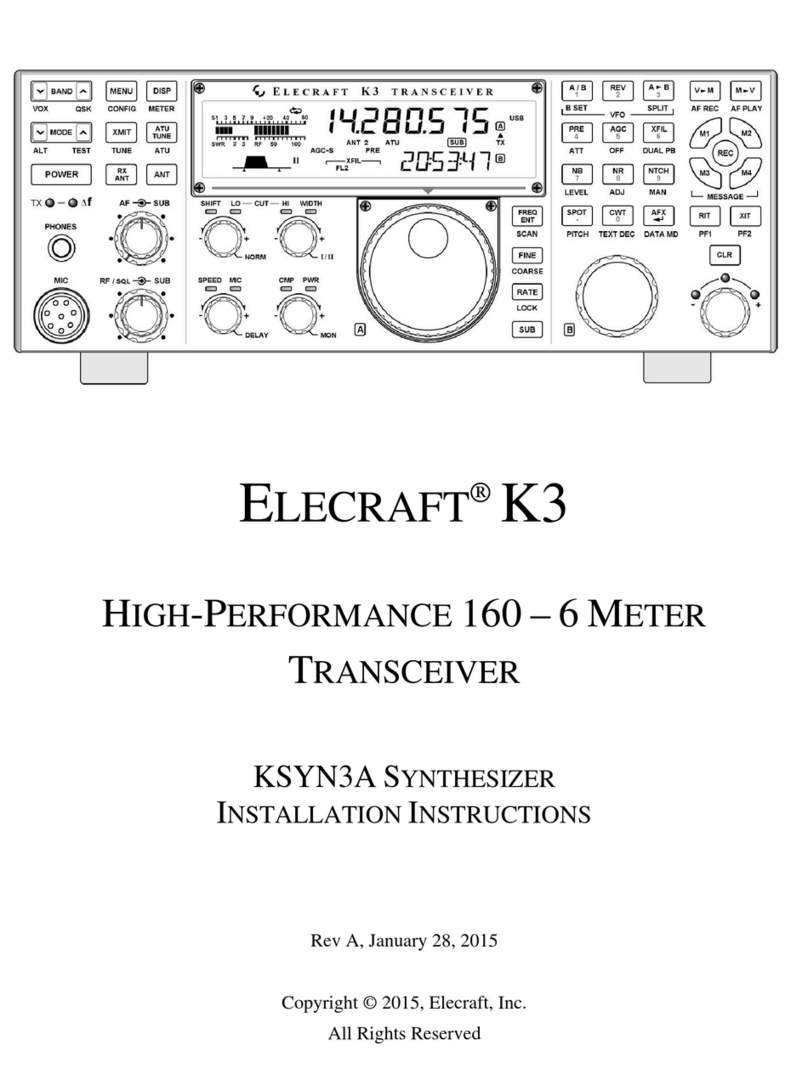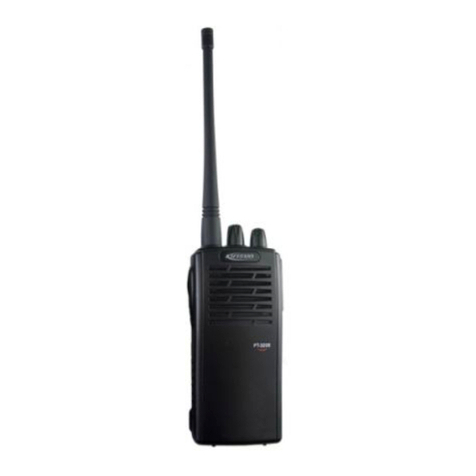
ii
Contents
Introduction...............................................................................................................................................1
Customer Service and Support............................................................................................................................1
Technical Assistance.......................................................................................................................................1
Preventing Electrostatic Discharge Damage ............................................................................................3
How ESD Damage Occurs..................................................................................................................................3
Preventing ESD Damage..................................................................................................................................... 3
Preparing for Assembly............................................................................................................................4
Overview of the Kit.............................................................................................................................................4
Tools and Test Equipment Required...................................................................................................................6
Unpacking and Inventory....................................................................................................................................7
Screws.............................................................................................................................................................7
Standoffs .........................................................................................................................................................8
Lock Washers.................................................................................................................................................. 8
Assembly ..................................................................................................................................................9
RF Board and Chassis.........................................................................................................................................9
Circuit Description..........................................................................................................................................9
RF Board and Chassis Assembly Procedure................................................................................................. 11
KANT3 or KAT3 and Rear Panel.....................................................................................................................19
Circuit Description........................................................................................................................................19
KANT3 or KAT3 and Rear Panel Installation Procedure.............................................................................19
KIO3 Interface .................................................................................................................................................. 22
KIO3 Circuit Description..............................................................................................................................22
KIO3 Interface Installation Procedure .......................................................................................................... 23
Front Panel and DSP.........................................................................................................................................25
Circuit Description........................................................................................................................................25
Front Panel Assembly Procedure..................................................................................................................26
Resistance Checks......................................................................................................................................... 34
Initial Power On Check.................................................................................................................................35
KREF3 ..............................................................................................................................................................36
Circuit Description........................................................................................................................................36
KREF3 Installation Procedure ......................................................................................................................36
KSYN3..............................................................................................................................................................37
Circuit Description........................................................................................................................................37
KSYN3 Installation Procedure......................................................................................................................38
KPA3 Installation..............................................................................................................................................39
Bottom Cover....................................................................................................................................................39
Bottom Cover Installation.............................................................................................................................40
Battery BT1.......................................................................................................................................................41
Battery BT1 Function....................................................................................................................................41
Battery BT1 Installation Procedure............................................................................................................... 42
Top Cover and Speaker..................................................................................................................................... 42
Test and Calibration................................................................................................................................44
Initial Power Checks ......................................................................................................................................... 44
Synthesizer Calibration..................................................................................................................................... 45
Filter Setup........................................................................................................................................................45
Option Modules.................................................................................................................................................45
Transmitter Test................................................................................................................................................45
Wattmeter Calibration (Optional) ..................................................................................................................... 45
Reference Oscillator Frequency (Optional) ...................................................................................................... 45
KPA3 100-Watt Module Installation......................................................................................................46


